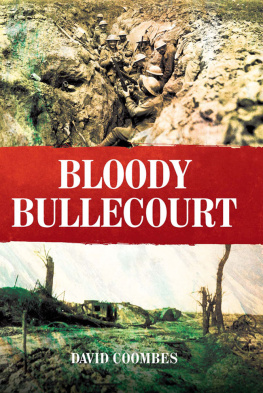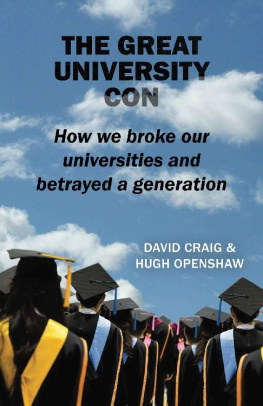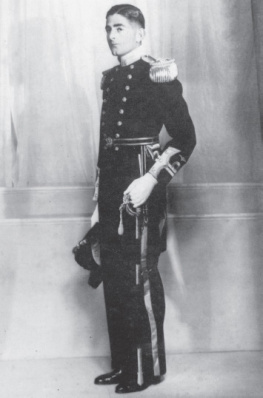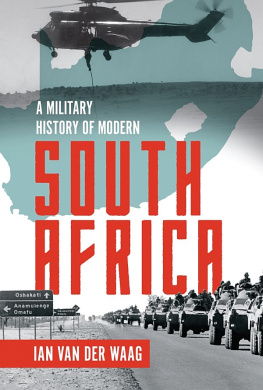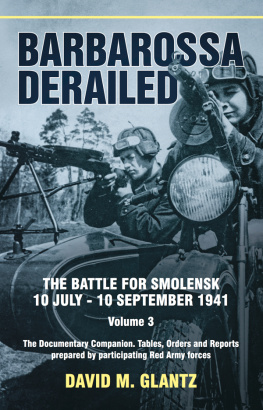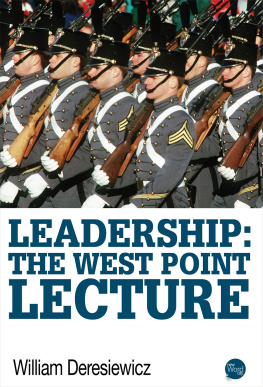
BLOODY BULLECOURT
DAVID COOMBES
First published in Australia as A Greater Sum of Sorrow: The Battles of Bullecourt ,
in 2016 by Big Sky Publishing Pty Ltd
PO Box 303, Newport, NSW 2106, Australia
Reprinted in hardback format in 2017 in Great Britain by
Pen & Sword M ILITARY
An imprint of
Pen & Sword Books Ltd
47 Church Street, Barnsley
South Yorkshire
S70 2AS
Copyright Big Sky Publishing, 2016, 2017
ISBN 978 1 52671 343 8
eISBN 978 1 52671 345 2
Mobi ISBN 978 1 52671 344 5
The right of David Coombes to be identified as Author of this work has been asserted by him in accordance with the Copyright, Designs and Patents Act 1988.
A CIP catalogue record for this book is
available from the British Library
All rights reserved. No part of this book may be reproduced or transmitted in any form or by any means, electronic or mechanical including photocopying, recording or by any information storage and retrieval system, without permission from the Publisher in writing.
Pen & Sword Books Ltd incorporates the Imprints of Pen & Sword Aviation, Pen & Sword Family History, Pen & Sword Maritime, Pen & Sword Military, Pen & Sword Discovery, Pen & Sword Politics, Pen & Sword Atlas, Pen & Sword Archaeology, Wharncliffe Local History, Leo Cooper, Wharncliffe True Crime, Wharncliffe Transport, Pen & Sword Select, Pen & Sword Military Classics, The Praetorian Press, Claymore Press, Remember When, Seaforth Publishing and Frontline Publishing
For a complete list of Pen & Sword titles please contact
PEN & SWORD BOOKS LIMITED
47 Church Street, Barnsley, South Yorkshire, S70 2AS, England
E-mail:
Website: www.pen-and-sword.co.uk
Bullecourt represents for Australians a greater sum of sorrow and honour than any other place in the world.
Sergeant Walter Downing
57th Battalion AIF
For dear Tally who offered me the greatest encouragement of all: unconditional love.
ACKNOWLEDGEMENTS
I offer my foremost appreciation to the Australian Army History Unit particularly Dr Roger Lee and Dr Andrew Richardson for helping to fund this project in Australia, the United Kingdom and France and also for offering valuable advice. My special thanks to Andrew for the way he coped with my continual requests and, in particular, for providing the additional maps and photographs I requested.
I would also like to thank Catherine McCulloch, designer at the Defence Publishing Service, for her meticulous drawing of the image of the Mark I tank, Number 586.
My grateful thanks to the staff at the Australian War Memorial in Canberra, in particular the historical section and the research centre, for extending their typically valuable service, for always being willing to help and answer any question even the most mundane and for their first-rate counsel. My gratitude extends also to the staff at the Imperial War Museum, London, the National Library of Scotland, Edinburgh, the National Archives, London and the Liddell Hart Centre for Military History, Kings College London. In Australia, I would like to thank the staff at the J.S. Battye Library of West Australian History, Perth and the Mitchell Library in Sydney. I am also indebted to the School of Humanities, University of Tasmania, for allowing me access to the Chalk collection. These valuable sources provided crucial assistance, particularly in relation to the First Battle of Bullecourt. My thanks also to the Army Museum of Western Australia for permission to use the portrait of Lieutenant General Sir Joseph Talbot Hobbs.
I would like to thank the academic and administrative staff at the School of Historical and Philosophical Inquiry at the University of Queensland (where I am an Honorary Research Fellow), particularly Associate Professor Martin Crotty and Ms Lucy OBrien, for their kind assistance.
I am also very grateful for the help and advice offered by Professor Peter Stanley (Australian Defence Force Academy) particularly in providing guidance on how to walk and gain a feel for the ground over which Australian and British soldiers fought and died. Likewise, I could not forget the people of Bullecourt for their wonderful hospitality during my visit there. My thanks also to Peter for his generosity hospitality and his willingness to offer and talk over new ideas.
To those many kind folk who wrote to me, offering me use of their personal papers and anecdotes relating to the battle and its aftermath, I say a heartfelt thank you. To name any one in particular would be unfair, so I offer a collective thanks to all.
At Big Sky Publishing I would like to thank Denny Neave, particularly for his help in organising the maps and his push to get the manuscript completed, Sharon Evans for her marketing expertise, Eric Olason for drawing the maps so precisely and Pat Kan for his careful typesetting and innovative design. My thanks also to Sarah Plant for her meticulous work in indexing what is quite a complex book.
Last, but by no means least, I would like to record my gratitude to Cathy McCullagh, not only for her wonderful and careful editing but also for picking up numerous factual errors and providing me with a few helpful snippets to add to the text.
INTRODUCTION
Bullecourt is a tiny, sleepy village in Le Nord, the northernmost region of France, not far from the border with Belgium. Indeed, the village is so small that, even now, it is mentioned in very few travel guides. In 1914 it was a picturesque hamlet with a population of just 396, located in a river valley among the great coal fields of France. As was the custom in that part of the country, almost all the small but well-kept houses had red roofs while the Grande Rue , which ran through the centre of the village, soon gave way to winding and circuitous lane ways. These wound into rolling green farmland with large trees at the base of small hills which, in turn, gave way to extended horizons and vast skies.
But by early 1917 all this had changed World War I had seen to that. Although not completely levelled, as were Thiepval, Combles and other villages of the Somme Valley after the great battles of 1916, Bullecourt bore little resemblance to the pretty little hamlet of just a few years earlier. Most if not all the inhabitants had left. Then came April and May 1917 and the two tragic battles that practically flattened the entire village.
Australian soldiers were involved in both battles. Oddly enough, little has been written on their contribution to the final outcome. And, perhaps even more peculiarly considering the myth that has evolved around the Australian soldier in World War I, both battles figure little in the national consciousness. Only one account told from the Australian perspective comes to mind, first published as long ago as 1933. Charles Bean has written five lengthy chapters (245 pages of text or approximately 55,000 words) on both battles in Volume IV of the Official History of Australia in the War of 1914-1918 which have been critically mauled by the Australian historian Professor Eric Andrews.
Despite the presence of some simple factual errors including that the second battle dragged on till 10 May when it actually concluded on 17 May some of Andrews criticism is indeed warranted. Bean certainly failed to address the less than adequate staff work by senior Australian officers, particularly the commander of I ANZAC Corps, Lieutenant General Sir William Birdwood, and I ANZACs Chief of Staff, Major General Cyril Brudenell White a man with whom Bean had developed a great friendship and who, according to Andrews (who argues somewhat convincingly) Bean worshipped. Other parts of Andrews critique are less persuasive, including such details as the distance the 5th Australian Infantry Brigade had to cover in the advance of 3 May.
Next page
